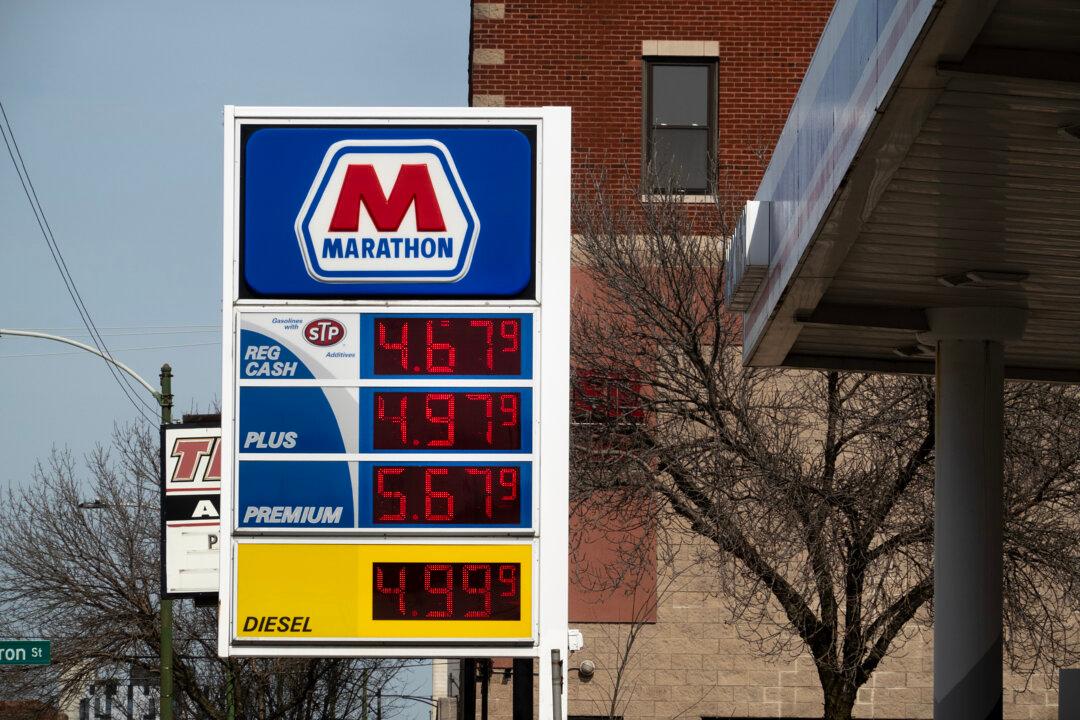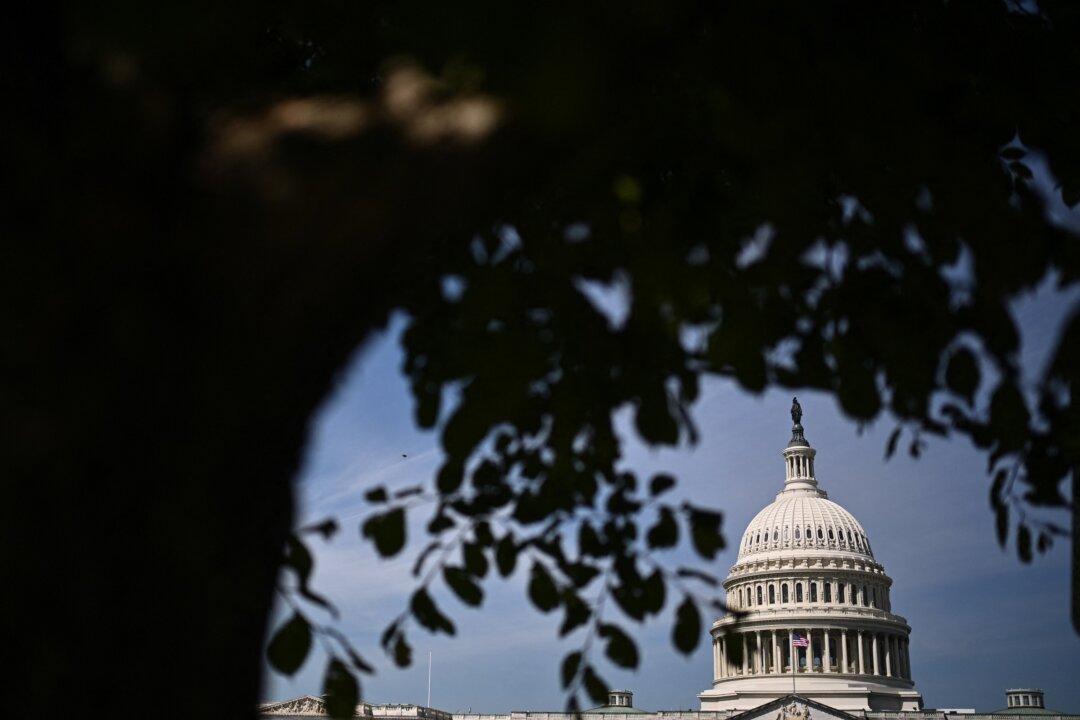There seems to be a global housing crisis in the early stages of development, but what about in the United States? As rates continue to rise, pressure is increasing across the country and around the globe, and a hefty amount of risk is on the horizon.
Goldman Sachs Chief Economist Jan Hatzius recently released research warning of impending doom in the U.S. housing market. He stated: “The sustained reduction in affordability, waning pandemic tailwind, and recent decline in purchasing intentions suggest that home sales are likely to fall further on net: we forecast existing home sales of 4.25 million in the fourth quarter (-12 percent versus July). This lowers our residential fixed investment growth forecast to -15 percent in 2022 and zero percent in 2023 (both fourth quarter/fourth quarter), versus -13 percent and +1.5 percent previously.”
Overvalued Markets?
Coastal markets (e.g., Miami, New York City, Los Angeles, Seattle) have always traded at a higher premium, but now other markets are beginning to cool down. Boise, Idaho; Charlotte, North Carolina; and Austin, Texas were the three most overvalued areas in the United States, according to credit-rating agency Moody’s. Add in Atlanta, Nashville, and the entire state of Florida for that matter.However, a deeper look by Moody’s revealed that “183 of the nation’s 413 largest regional housing markets are overvalued by more than 25 percent.”
If there is a swift housing downturn, the housing market in those regions could take a serious dive. Moody’s estimated prices “could plummet by as much as 20 percent.”
If a recession is avoided, prices in the overvalued markets will still likely fall 10 percent.
Even the quasi-permanent housing bubble that plagues the California cities of San Diego, Los Angeles, San Jose, and San Francisco is giving way. The Los Angeles Times predicted this summer that Southern California home prices could remain stable if rates stay under 6 percent, stating: “If rates don’t jump meaningfully over 6 percent for an extended period and the economy avoids a recession, Southern California home prices should be largely flat over the next few years.”
At the moment, a 30-year fixed mortgage is at 5.95 percent.
Are we in for a repeat of 2008? Not quite, but that could change, depending on policy and consumer sentiment. At the very least the Federal Reserve needs to be very careful with rate increases.
Big Trouble in China
Meanwhile in China, the property market looks much worse, and many are afraid China’s property woes could cause a global contagion.On Aug. 28, Martin Farrer, from The Guardian, in an article titled, “Point of no return: crunch time as China tries to fend off property crash,” made a number of startling points. He stated: “The Chinese housing market has driven growth for the past two decades and now represents the biggest asset class in the world, with a notional value of between $55 trillion (£47 trillion) and $60 trillion, which is bigger than the total capitalization of the U.S. stock market.”
Furthermore, John Powers, from Al Jazerra, reported: “By some estimates, real estate accounts for 30 percent of GDP—about twice the equivalent share in the United States. While some analysts believe the market has reached the bottom, the sector’s woes are expected to persist for some time. In July, S&P Global Ratings estimated that property prices would decline 30 percent this year—a worse decline than during the 2008 financial crisis.”
The smart money is already aware: BlackRock, HSBC, and UBS have cut exposure to China property, and the availability of credit to China’s developers has evaporated. There is a risk that a prolonged slowdown in China could weigh down the rest of the interconnected developed world. There is also talk of China’s real estate industry eventually slowing down and mimicking Japan’s 10-year long “lost decade” that occurred after Japan’s unfathomable asset price bubble between the years 1986 and 1991.
During that time, the cash value of Japan’s total real estate was four times that of the United States; the Tokyo ward Chiyoda-ku was more valuable than all of Canada, and Tokyo’s 280-acre royal palace was considered more valuable than the entire state of California.
We might miss the property headache in America, but be ready for a global real estate hangover.





